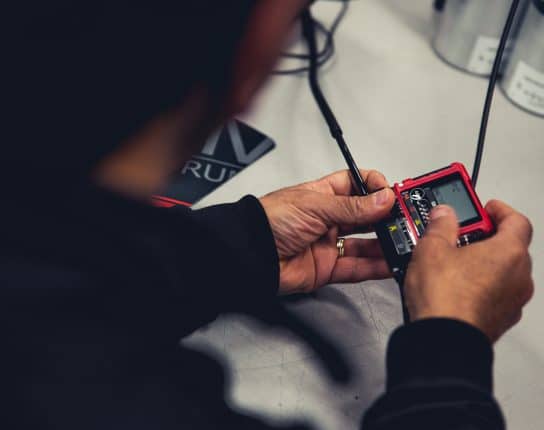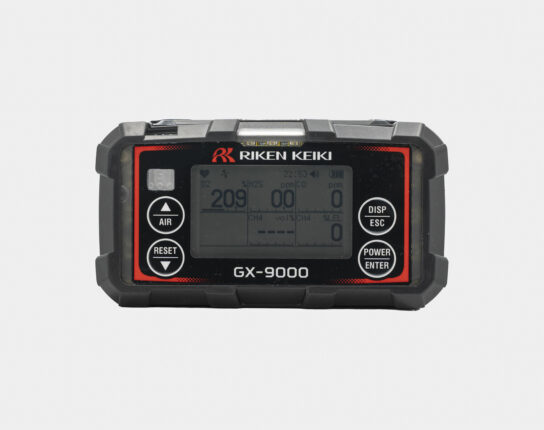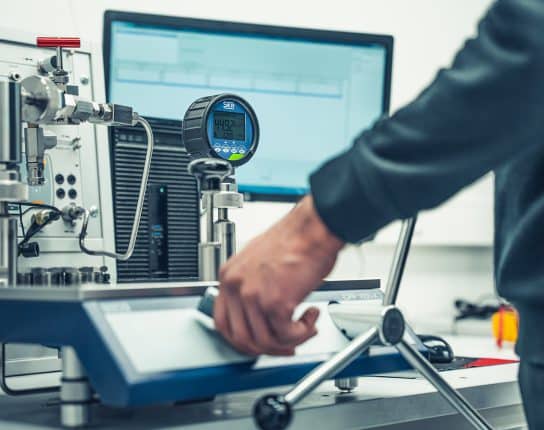
How to calibrate your digital multimeter
Calibration is the process of configuring an instrument to provide measurement results within an acceptable range. For a digital multimeter, which measure voltage, current, and resistance, calibrate ensures that you’re getting accurate readings, critical in electrical work, troubleshooting, and quality control processes.
Why calibrate your digital multimeter?
- Accuracy: Regular calibration corrects any measurement errors.
- Compliance: Meets the requirements of quality standards and regulations.
- Safety: Ensures safe operation, preventing hazards associated with incorrect measurements.
- Cost-Efficiency: Avoids the costs associated with inaccurate measurements, such as rework or production downtime.
How to calibrate your digital multimeter
Note: Calibration should be performed in a controlled environment, following the manufacturer’s guidelines. For critical applications, consider our professional calibration services.
Step 1: Prepare your equipment
- Digital multimeter: Ensure it’s fully functional and set to the correct measurement mode.
- Calibration standards: Use precision reference standards for voltage, resistance, and current.
- Controlled environment: Perform calibration in a stable environment to prevent temperature or humidity from affecting results.
Step 2: Perform preliminary checks
- Check the multimeter’s battery level.
- Inspect the device for physical damage.
- Review the user manual for specific calibration instructions.
Step 3: Calibration process
Voltage calibration:
- Connect your multimeter to a voltage reference standard.
- Compare the multimeter’s reading with the standard.
- Adjust the multimeter settings as necessary to align with the reference value.
Resistance calibration:
- Use a precision resistor as your reference standard.
- Measure the resistance and adjust the digital multimeter to match the reference resistance value accurately.
Current calibration:
- Employ a current source as the reference.
- Measure the current and adjust the digital multimeter settings to reflect the reference current accurately.
Step 4: Documentation
Record the calibration results, including the date, conditions, and any adjustments made. This documentation is crucial for tracking the digital multimeter’s performance and for compliance purposes.
Conclusion
Calibrating your digital multimeter is a fundamental practice to ensure the accuracy and reliability of your measurements. At GMS Instruments, we understand the importance of precise instrumentation in your daily operations. For those who require professional calibration services or have further inquiries, our team of experts is here to assist you.
Related
More of the same



